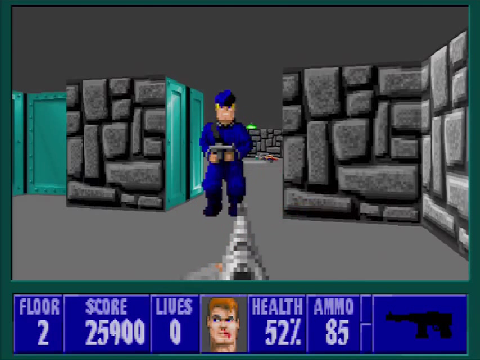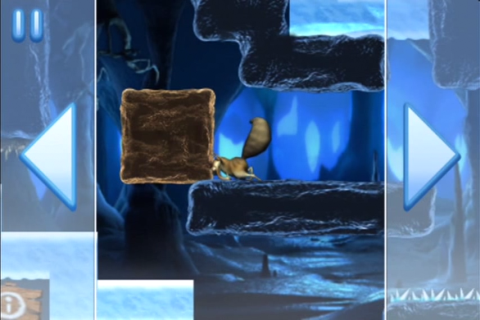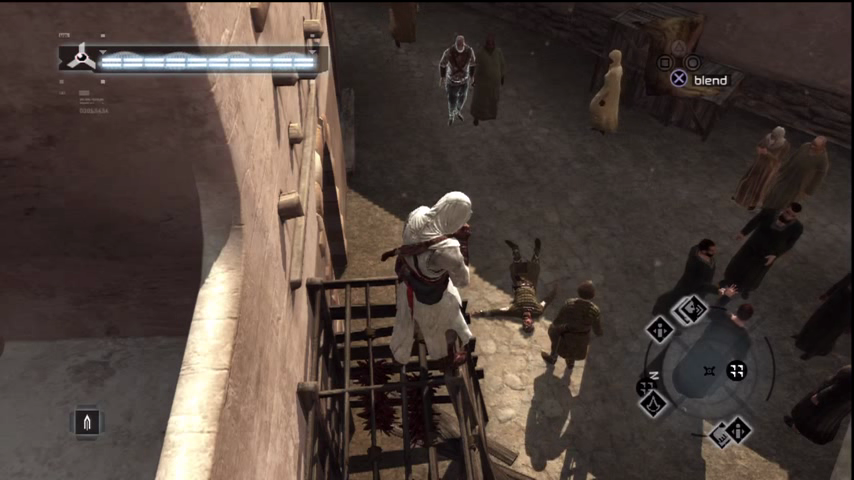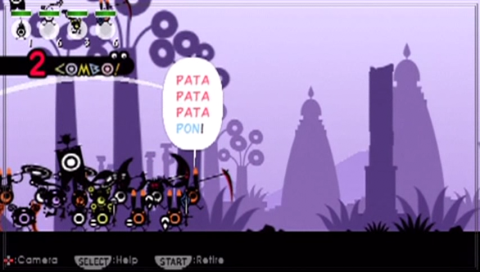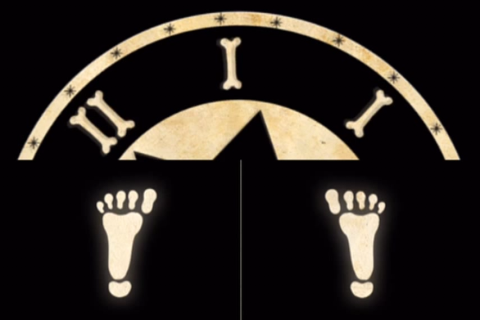Signature
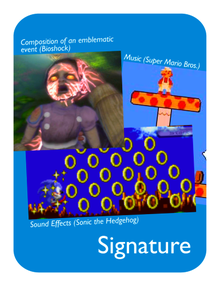
|
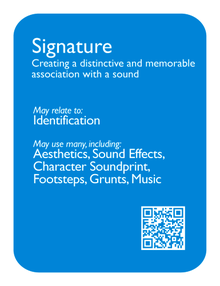
| |
| The card's front face | The card's back face |
Contents
Synopsis
| Creating a distinctive and memorable association with a sound. |
Relationships
May relate to:
Identification ![]() .
.
May use many, including:
Aesthetics ![]() , Sound Effects
, Sound Effects ![]() , Character Soundprint
, Character Soundprint ![]() , Footsteps
, Footsteps ![]() , Grunts
, Grunts ![]() , Music
, Music ![]() .
.
Description
Sound is prevalent in many of the most recognized Signatures in games. A Signature supports a strong link between players and on what they keep in memory from their experience while playing. Not only, it evokes a memory but it also works as a token that allows different players to communicate their common experience.
Building a Signature is both relevant in emotional and commercial terms.
A Signature is, almost by definition, achieved through singularity. Music or particular Sound Effects are common ways to achieve it, but aspects of the Characters' Soundprint also constitute a vast space of opportunities.
Examples
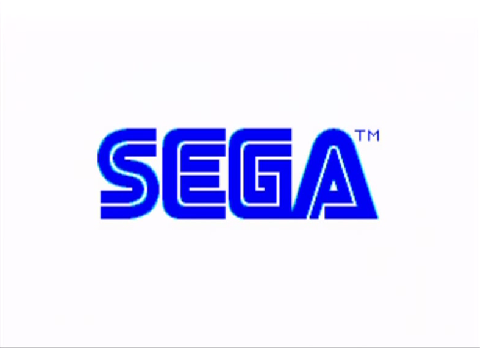  Sonic the Hedgehog: Sega possesses one of the most well-known Signatures in the world of games, in which the sound is the memorable element. It is a common element to many of their games. One of those games is Sonic the Hedgehog, which has one other widely recognized Signature: the Sound Effects – and their overabundance – signalling the Achievements when collecting rings.
|
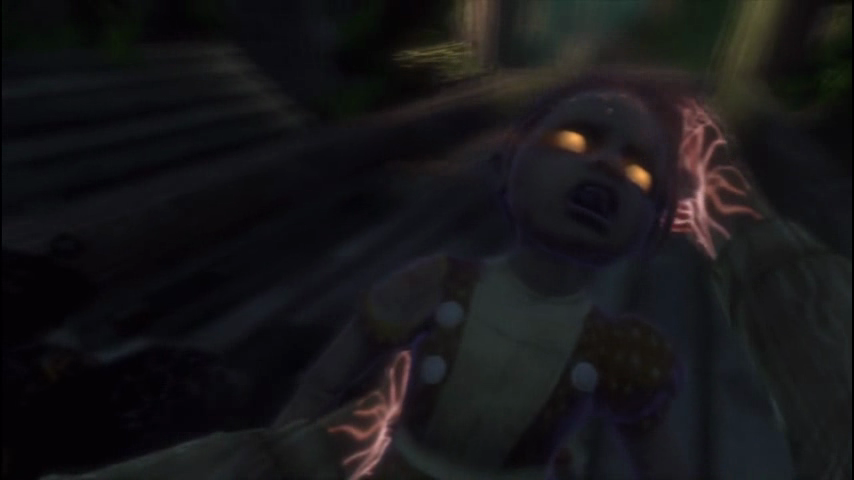  BioShock: This is one of the games that build a Signature out of the Characters' Soundprint, mainly through the Dialogues.
|
